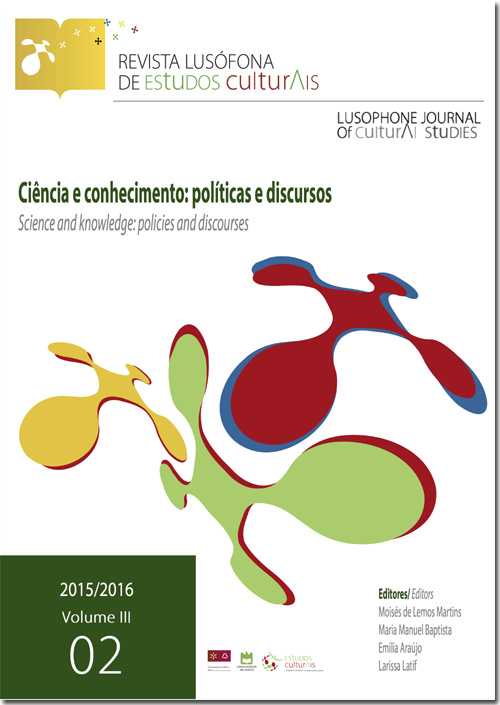Developing collaboration race and gender repertoire theory as applied to STEM policy
DOI:
https://doi.org/10.21814/rlec.123Keywords:
Gender, race, collaboration, science, inequalityAbstract
This paper develops a collaborative race and gender repertoire (CRGR) theory explaining how racial and gender awareness influence science, technology, engineering and mathematics (STEM) collaboration behaviors and choices of team members. We are particularly interested in the application of CRGR in the STEM higher education context, which persists as a hotbed for diversity initiatives. Using the scientific technical human capital (STHC) model as a departure point, we cultivate the CRGR theory considering three primary factors: the collaborative norms of scientists; social exchange dynamics; and the development and use of racial and gender awareness. While theories abound specifically explaining the role of race and gender in educational, career and social outcomes, fewer of these theories consider the unique aspects of STEM culture and institutions - particularly collaboration and team based science, which are critical for STEM knowledge production. We assert that a specific theory accounting for the STEM context can motivate more strategic efforts to achieve substantive diversity; promote STEM production; and avoid public value failure.Downloads
Download data is not yet available.
Downloads
Published
2016-06-18
How to Cite
Parker, M. A., & Bozeman, B. (2016). Developing collaboration race and gender repertoire theory as applied to STEM policy. Lusophone Journal of Cultural Studies, 3(2), 161–. https://doi.org/10.21814/rlec.123
Issue
Section
Science and scientific research
License
Authors own the copyright, providing the journal with the right of first publication. The work is licensed under a Creative Commons - Atribuição 4.0 Internacional License.












